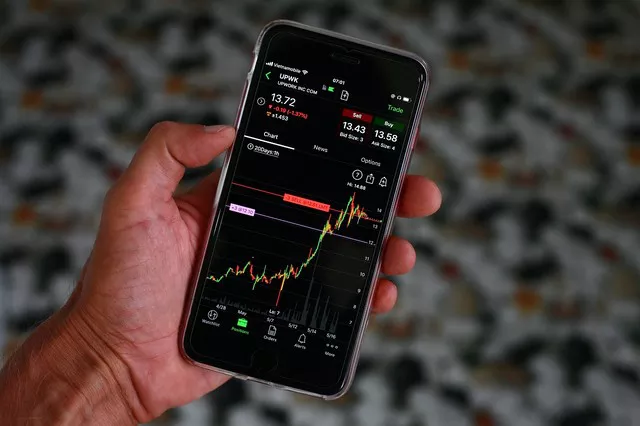Crude oil futures options are financial derivatives that provide traders and investors with the opportunity to speculate on or hedge against future price movements in the crude oil market. The pricing of crude oil futures options plays a crucial role in determining their value and attractiveness. In this article, we will explore the concept of crude oil futures option price, discussing the factors that influence option pricing and the key components involved in determining the price of options on crude oil futures contracts.
Understanding Crude Oil Futures Options
Crude oil futures options are financial instruments that grant the holder the right, but not the obligation, to buy (call option) or sell (put option) a specified quantity of crude oil futures contracts at a predetermined price (strike price) within a specific time frame (expiration date). These options provide flexibility and allow participants to take advantage of potential price movements in the crude oil market without owning the underlying futures contracts.
Option Premium and Pricing Factors
The price of a crude oil futures option is often referred to as the option premium. The premium is the amount that the buyer pays to the seller in exchange for the right to exercise the option. The determination of the option premium involves several key factors, including:
Underlying Crude Oil Futures Price: The current price of the underlying crude oil futures contract has a significant impact on the option premium. As the price of the futures contract increases (for call options) or decreases (for put options), the option premium tends to rise, reflecting the increased value of the right to buy or sell at a favorable price.
Strike Price: The strike price is the predetermined price at which the option holder has the right to buy or sell the underlying crude oil futures contract. The relationship between the strike price and the current price of the futures contract affects the option premium. In general, options with strike prices closer to the current futures price tend to have higher premiums compared to options with strike prices further away.
Time to Expiration: The time remaining until the option’s expiration date influences the option premium. As the expiration date approaches, the option’s time value diminishes, leading to a potential decrease in the premium. This is due to the declining opportunity for significant price movements before expiration.
Volatility of Crude Oil Prices: Volatility, or the magnitude and frequency of price fluctuations in the crude oil market, has a significant impact on option premiums. Higher volatility generally leads to higher option premiums as there is an increased likelihood of substantial price swings, providing greater potential for profit.
Interest Rates: Interest rates can indirectly affect option premiums. Higher interest rates tend to increase the cost of carrying the underlying futures contracts, which can influence the pricing of the options. Additionally, interest rates affect the present value of future cash flows, which can impact option pricing.
Option Pricing Models
Various mathematical models are used to calculate option prices, with the most widely used model being the Black-Scholes-Merton (BSM) model. The BSM model takes into account factors such as the current futures price, strike price, time to expiration, volatility, interest rates, and dividend yield (if applicable) to estimate the fair value of the option premium. Other models, such as the Binomial Options Pricing Model (BOPM), also provide alternative approaches to pricing options.
It is important to note that option pricing models are theoretical and rely on certain assumptions, such as constant volatility and efficient markets. Real-world factors and market dynamics may deviate from these assumptions, leading to discrepancies between theoretical and actual option prices.
Market Factors and Supply/Demand Dynamics
In addition to the factors mentioned above, market factors and supply/demand dynamics can influence the pricing of crude oil futures options. These factors include geopolitical events, economic indicators, market sentiment, and speculative activity. For example, unexpected disruptions in oil supply or geopolitical tensions can lead to increased volatility and higher option premiums.
It is worth mentioning that options on crude oil futures are traded on exchanges, and their prices are determined by market participants through competitive bidding and offering. The interplay between buyers and sellers in the market influences the prevailing option prices, reflecting their collective assessment of the future direction and potential value of crude oil prices.
Conclusion
The pricing of options on crude oil futures is a complex process influenced by various factors, including the underlying crude oil futures price, strike price, time to expiration, volatility, interest rates, and market dynamics. Understanding these factors and their impact on option premiums is essential for participants in the crude oil derivatives market. Option pricing models, such as the Black-Scholes-Merton model, provide theoretical frameworks for estimating option prices, but real-world market conditions and supply/demand dynamics also play a significant role in determining actual option premiums. By comprehending the intricacies of crude oil futures option pricing, traders and investors can make informed decisions regarding their options strategies and effectively manage risk in the volatile crude oil market.


